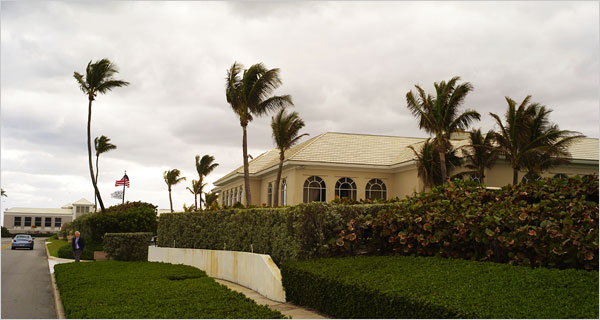bbmac
Veteren member
- Messages
- 3,584
- Likes
- 789
Made off with $50bn..Robert Peston's take on it
Robert Peston 12 Dec 08, 05:19 PM
I am told that "Madoff" is pronounced "made off" - as in "he made off with the money".
That's the end of the jokes.
The supposed $50bn swindle by Bernard Madoff at his hedge-fund and securities trading business is serious stuff.
It's possible that Mr Madoff's $50bn estimate of how much he's evaporated is an overstatement. But there will be losses for investors in his funds, such as clients of Nicola Horlick's Bramdean.
Perhaps more troubling are the implications for the multi-trillion dollar hedge fund industry in general.
This industry is rapidly contracting, as the likes of Morgan Stanley and Goldman Sachs reduce the credit they provide to funds.
And the collapse of Madoff is likely to to accelerate the disappearance of funds - in that it may persuade many investors to demand their money back from even high qualiity funds and funds of funds.
Investors will note that regulators have taken long, hard looks at Madoff over many years, and failed to detect fraud.
Which will make investors fear - however irrationally - that no hedge fund can be deemed wholly safe.
If investors demand their money back, there would be wholesale dumping of assets by hedge funds.
And that would compound losses for them, as the price of assets would fall - and it would prompt demands by creditors for hedge funds to put up more collateral (margin calls), which would lead to further asset sales.
All of which would mean that the moment when share prices, property prices or any other asset prices find that elusive floor would be deferred yet again. Which matters to anyone saving for a pension and for banks' ability to turn on the credit tap again.
Which is why, as I said, it would be unwise to chuckle at Madoff's mad mess.
Robert Peston 12 Dec 08, 05:19 PM
I am told that "Madoff" is pronounced "made off" - as in "he made off with the money".
That's the end of the jokes.
The supposed $50bn swindle by Bernard Madoff at his hedge-fund and securities trading business is serious stuff.
It's possible that Mr Madoff's $50bn estimate of how much he's evaporated is an overstatement. But there will be losses for investors in his funds, such as clients of Nicola Horlick's Bramdean.
Perhaps more troubling are the implications for the multi-trillion dollar hedge fund industry in general.
This industry is rapidly contracting, as the likes of Morgan Stanley and Goldman Sachs reduce the credit they provide to funds.
And the collapse of Madoff is likely to to accelerate the disappearance of funds - in that it may persuade many investors to demand their money back from even high qualiity funds and funds of funds.
Investors will note that regulators have taken long, hard looks at Madoff over many years, and failed to detect fraud.
Which will make investors fear - however irrationally - that no hedge fund can be deemed wholly safe.
If investors demand their money back, there would be wholesale dumping of assets by hedge funds.
And that would compound losses for them, as the price of assets would fall - and it would prompt demands by creditors for hedge funds to put up more collateral (margin calls), which would lead to further asset sales.
All of which would mean that the moment when share prices, property prices or any other asset prices find that elusive floor would be deferred yet again. Which matters to anyone saving for a pension and for banks' ability to turn on the credit tap again.
Which is why, as I said, it would be unwise to chuckle at Madoff's mad mess.

